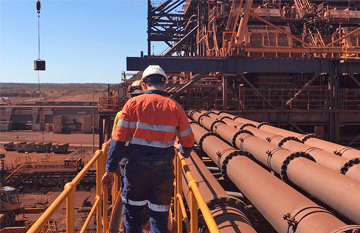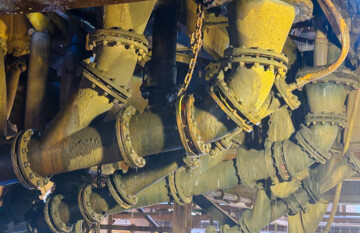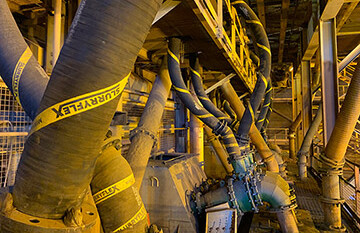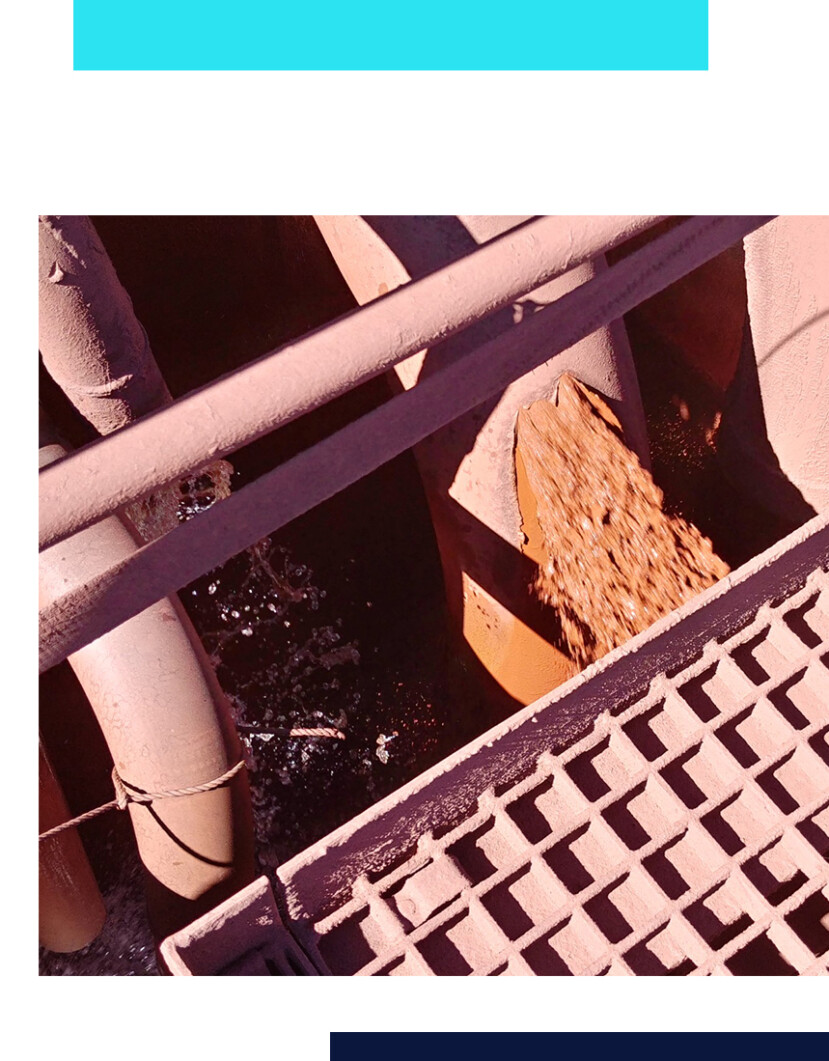
Roy Hill’s reliability team has achieved the dream of set and forget piping maintenance in their desands plant.
No more quick fix mode. No more fast wearing, leaking piping.
100 year old piping technology takes a toll
Roy Hill’s reliability engineers had a big problem. Their investigation into recurring maintenance issues found that failed piping had cost them 5 million tonnes of production in just six months.
That’s about 10% of the mine’s annual iron ore production.
Constant piping failures forced the maintenance team to run around bandaging and replacing spools. Often these replacement spools failed within weeks of installation.
They were stuck in a reactive, quick fix mode, unable to find the time to plan their maintenance proactively.
The entire system was inefficient, costly, and prone to failures. It was time to overhaul their slurry piping and get out of their reactive maintenance loop for good.

Getting out of their reactive maintenance loop
Roy Hill invited our piping specialists onsite to see if we could fix their failing slurry piping.
We investigated and helped them find the root cause of their issues. Firstly, the piping wasn’t designed well when the plant was built. Most of their piping was rubber lined steel, an outdated technology that is not up to the demands of a modern processing plant.
Secondly, it was difficult for them to improve their piping design because they lacked accurate drawings for most of their spools. Since the plant was built in 2015, years of quick fixes and replacements meant their slurry piping no longer matched their models. Replacement spools often didn’t fit, creating more headaches during shutdowns.
We then worked with Roy Hill to identify critical areas for piping upgrade. This included the primary and secondary spirals, cyclone feeds and underflow, sump pump lines, and concentrate classifier lines.
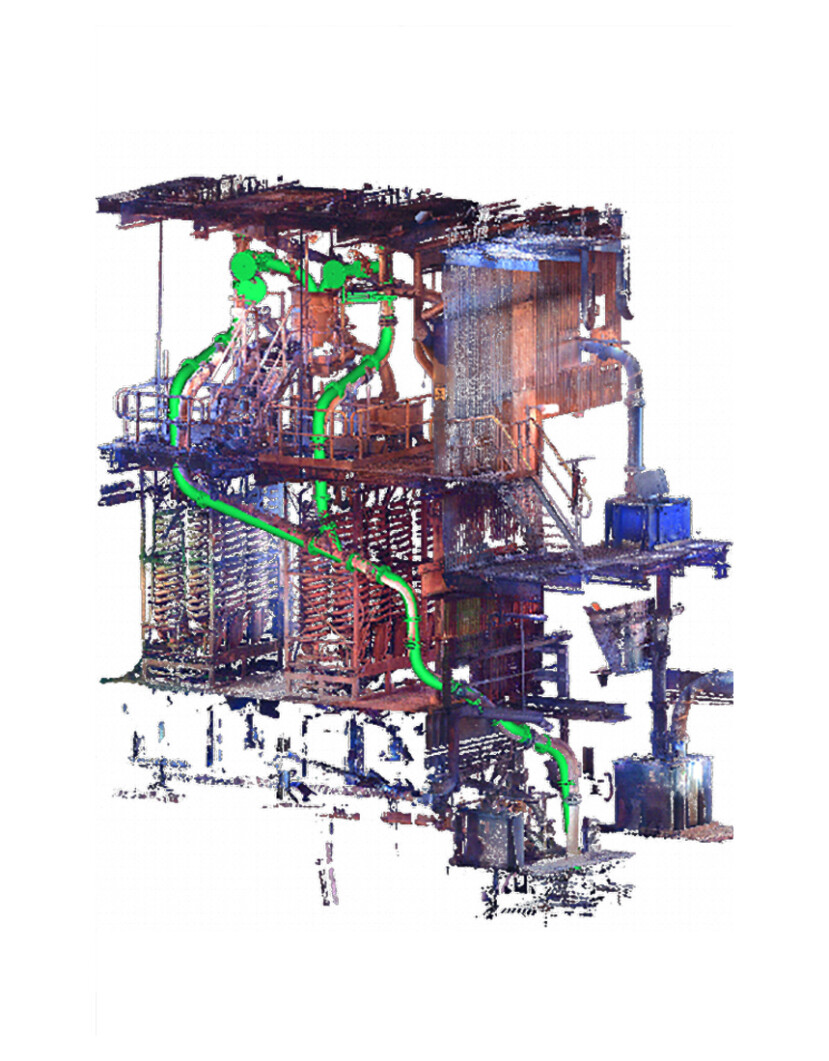
How Roy Hill used SlurryIQ to fix their slurry piping
- 3D scanning. We 3D scanned their entire plant, capturing millions of data points within a 2mm margin of error, producing a precise 3D point cloud.
- Piping optimisation. Using this point cloud, our design team analysed the entire slurry piping system. They simplified complex pipework to eliminate tight bends and standardised spool dimensions. Our specialists know how to optimise an entire line to improve slurry flow and eliminate high wear areas. Standardising spool lengths would allow them to hold less inventory and make ordering replacements simpler.
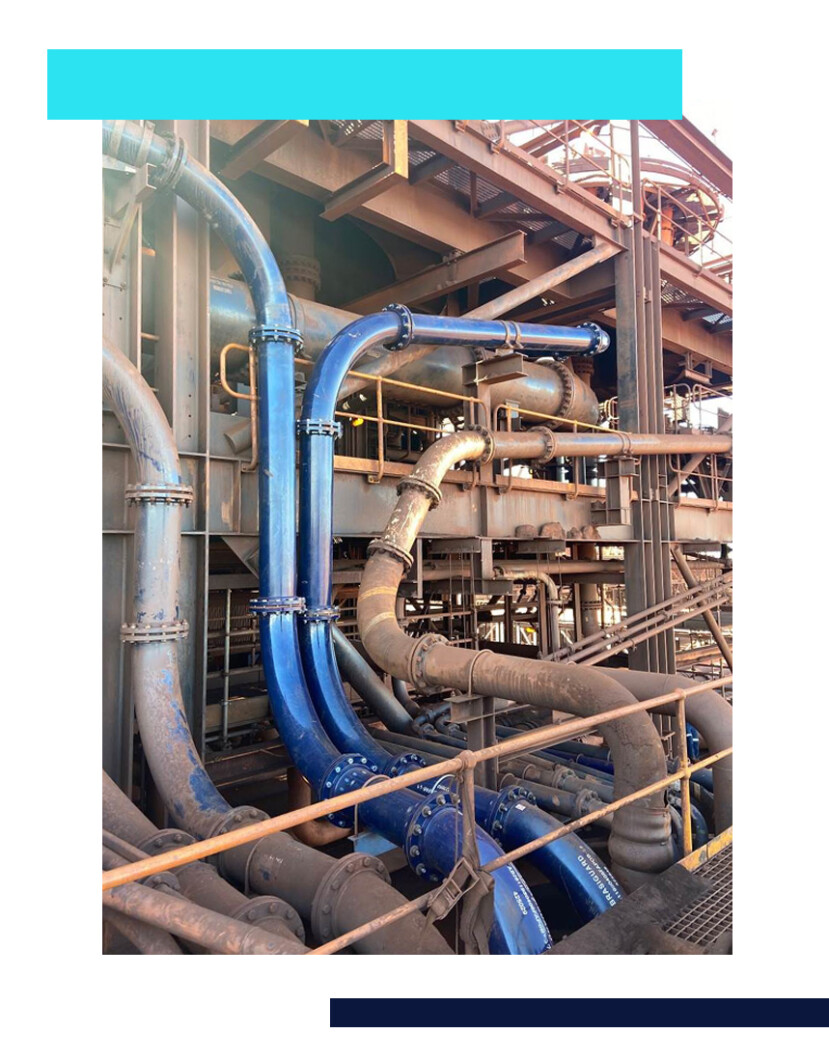
- Piping manufacturing. We got to work custom manufacturing over 1200 spools ready to slot into place at their desands plant.
- Staged upgrade execution. Armed with precise CAD drawings and a master piping specification, the team was ready to make the changes to their piping system. We managed the production schedule around their shutdown plans to make it a smooth upgrade process for Roy Hill. This made it easy for them to install the new optimised piping without impacting production.
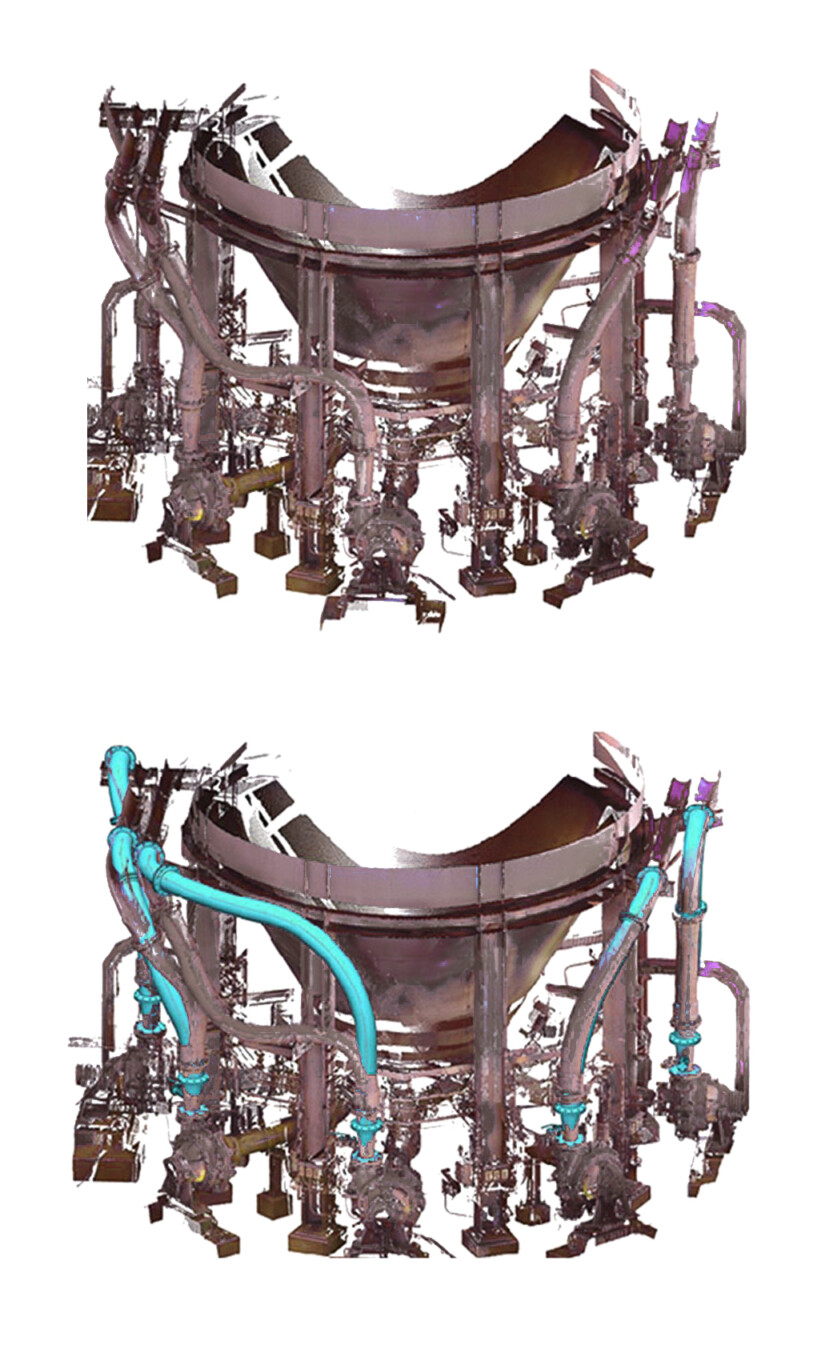
Set and forget piping with improved performance
Roy Hill’s proactive maintenance approach using SlurryIQ means they no longer need to think about their desands piping. Their piping is now in set and forget mode.
The redesigned spools last longer, giving them 10x more wear life in critical areas of the plant.
With their desands piping solved, the maintenance team has regained time to improve the rest of their plant.











